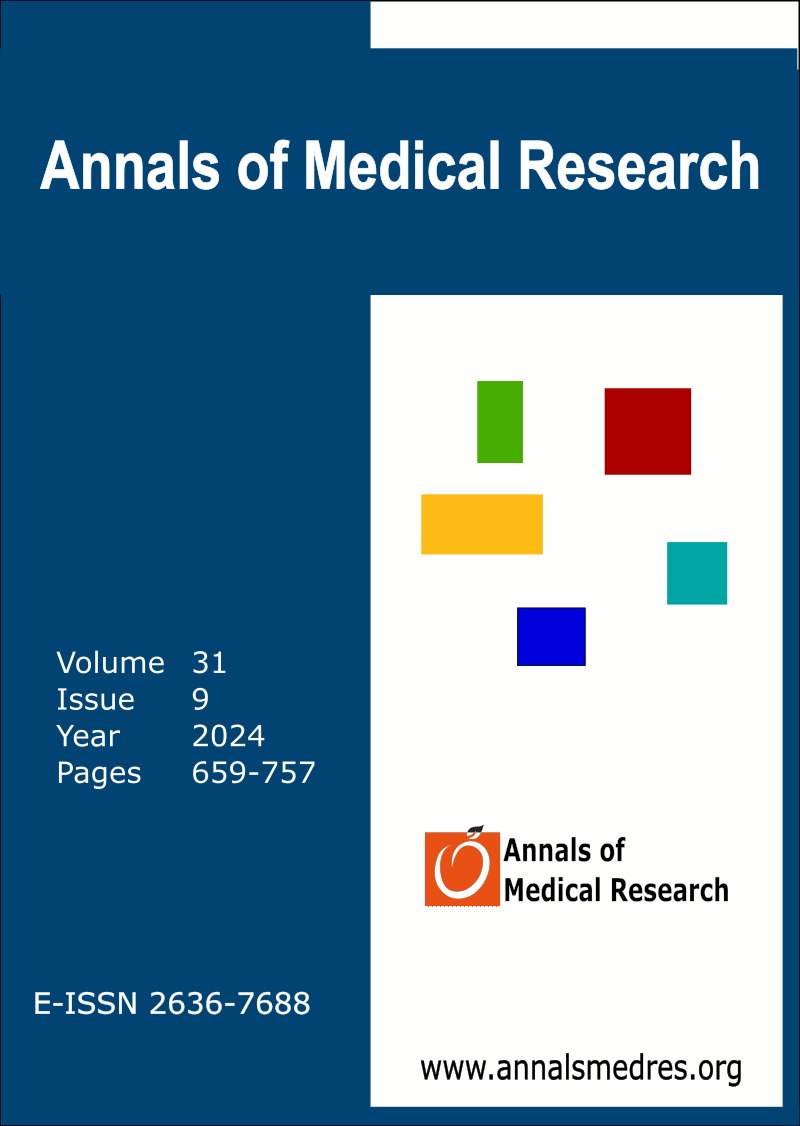Use of kidney failure risk equation to predict progression of end-stage renal failure in Turkish patients with stage 3–4 chronic kidney disease
Keywords:
Chronic kidney disease, Kidney failure risk equation, TurkeyAbstract
Aim: The Kidney Failure Risk Equation (KFRE) is a useful tool for predicting chronic kidney disease (CKD) progression to end-stage renal disease (ESRD). It has been validated in various populations. This study aimed to evaluate the prognostic significance of the KFRE model in a Turkish CKD cohort.
Materials and Methods: In a prior retrospective study at a single center, the 4-variable KFRE model's accuracy in predicting ESRD progression was assessed. Among 246 stage 3 or 4 CKD individuals, two-year risk predictions categorized participants into low-intermediate (<20%) and high (≥20%) risk groups.
Results: The model showed a sensitivity of 48.9% (95% confidence interval [CI] 34.08–63.94) and a specificity of 89.45% (95% CI 84.32–93.35) in predicting kidney failure progression in the Turkish population with stage 3–4 CKD. The area under the receiver operating characteristic curve was 0.69 (95% CI 0.60–0.79, p = 0.0001). Albuminuria, glomerular filtration rate, and renin–aldosterone system blockage were independently associated with kidney failure progression according to the Cox regression analysis.
Conclusion: The findings of this study have demonstrated that the KFRE model shows potential utility in predicting the progression of stage 3–4 chronic kidney disease (CKD) toward the critical stage of ESRD for the Turkish population.
Downloads
Published
Issue
Section
License
Copyright (c) 2024 Annals of Medical Research

This work is licensed under a Creative Commons Attribution-NonCommercial-NoDerivatives 4.0 International License.
CC Attribution-NonCommercial-NoDerivatives 4.0






